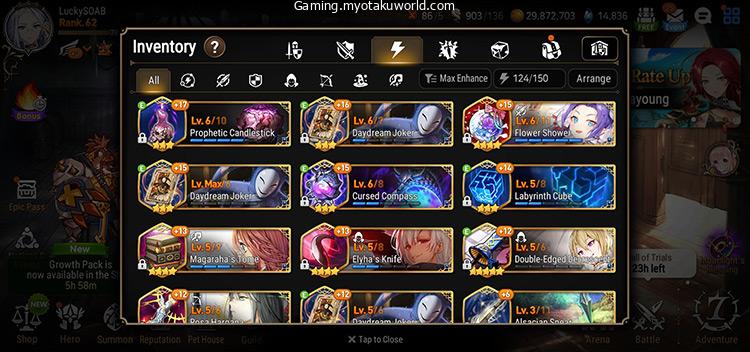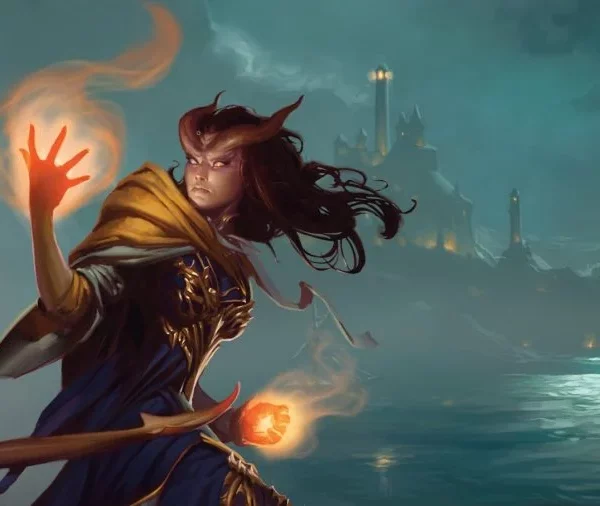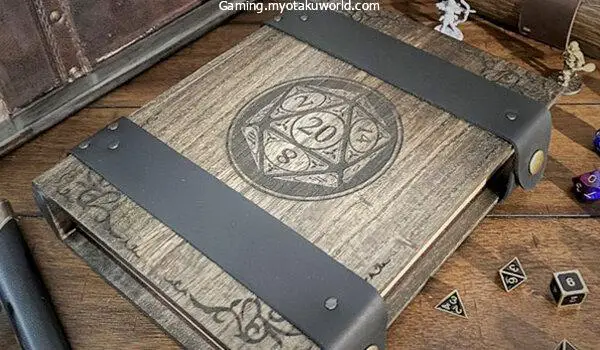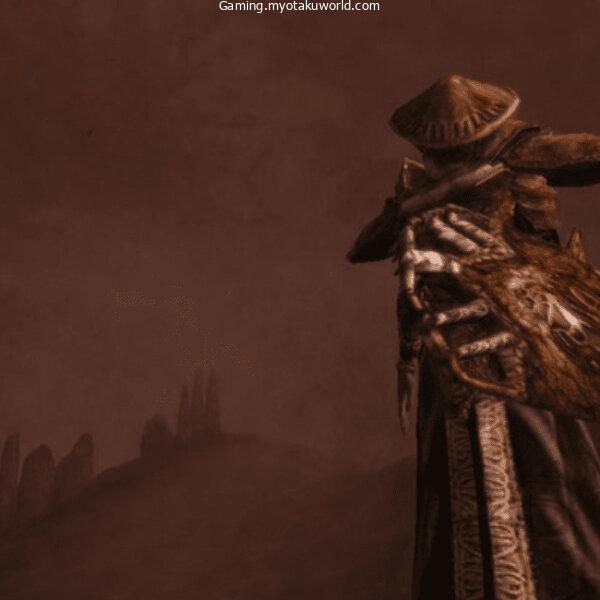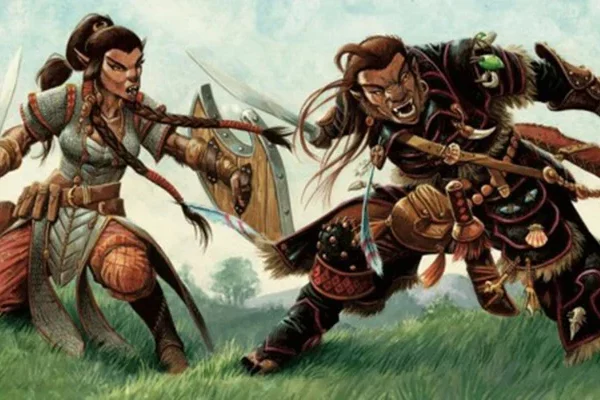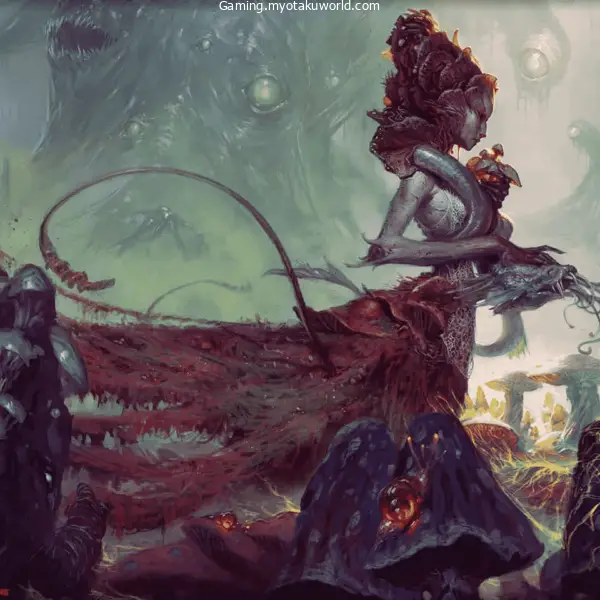Welcome to the D&D universe! and today we are talking about 1st-Level Spells.
Whether you’re just starting out and trying to figure out what spells would be best for your new spellcaster or you’re just looking back to see what spells are worth the slot, this list will help you!
There are a lot of spells around.
But not every single one is as good as the next.
But don’t worry, I’ll show you some of the best ones so you can look at them.
Beginner spellcasters of any class have more first-level spells to choose from these days, which is part of the reason why our list includes spells from several different classes.
No matter what school of magic is used, that doesn’t mean you can take your skills for granted.
Your character will become a certain type of Wizard, Sorcerer, Paladin, Druid, Cleric, Bard, or Warlock based on the first spells they learn.
In light of this, we have added a few more level one spells to our list of the best first-level spells for D&D 5e.
- 25. Wrathful Smite
- 24. Thunderwave
- 23. False Life
- 22. Magic Missile
- 21. Charm Person
- 20. Color Spray
- 19. Chaos Bolt
- 18. Expeditious Retreat
- 17. Hideous Laughter
- 16. Detect Poison and Disease
- 15. Detect Evil and Good
- 14. Find Familiar
- 13. Disguise Self
- 12. Absorb Elements
- 11. Bane
- 10. Bless
- 9. Burning Hands
- 8. Arms of Hadar
- 7. Alarm
- 6. Chromatic Orb
- 5. Feather Fall
- 4. Detect Magic
- 3. Cure Wounds
- 2. Faerie Fire
- 1. Identify
25. Wrathful Smite
This is a useful spell for almost all spellcasters, and it’s a must-have for characters who can use both spells and physical attacks.
But the spell is only available to Paladins and Clerics.
This is mostly to keep it from being too powerful.
Wrathful Smite gives your character’s weapon a power boost for one minute, which gets longer as your character levels up.
At level one, the spell gives the weapon an extra 1d6 of damage, and if you use it on a creature, it has to make a Wisdom saving throw or be scared until the spell is over.
24. Thunderwave
Thunderwave is a spell that does more than one thing for the same price.
This spell can be cast by half of the main spellcasters, like Bards.
It sends out a 15-foot-square wave of kinetic force that shakes the person who casts it.
All creatures in that 15-foot area must make a Constitution saving throw.
Those who fail take 2d8 thunder damage are pushed back 10 feet.
Those who succeed only take half as much damage.
If you cast this spell at a higher level, the damage will go up by 1d8 for each spell slot you gain.
It also pushes back automatically anything that isn’t attached or locked down.
23. False Life
Even though this spell is usually used by Clerics in certain Domains, it can also be used by Sorcerers, Wizards, and Artificers.
This version, however, can only be cast on yourself.
Usually, Clerics can cast it on other party members.
It can give a character a few more hit points, which can be very helpful in many situations.
It can be used as a last resort in a tough fight or right before a fight starts to help a character take more damage.
22. Magic Missile
It’s the classic first spell, especially for people who want to do a lot of damage, and it’s one of the most powerful ranged spells that Sorcerers and Wizards can learn.
Magic Missile makes three glowing darts that hit any target up to 120 feet away with 1d4+1 force damage.
There are no saving throws for this spell.
This spell is so common that it shows up in some form in almost every RPG.
It’s such a big part of the D&D world that it’s even been used in movies and TV shows.
You can choose from cold, lightning, fire, thunder, or acid for the type of damage it does.
This spell lets the person who uses it deal damage in different ways, which can be useful if an enemy is weak to one of the listed types of damage.
It does 3d8 points of damage, which is a lot for a spell that can be learned right away.
21. Charm Person
Charm Person is a versatile spell that can be used both in battle and in social situations.
It’s one of the best first-level spells for D&D 5e, and it’s been around since the beginning of the series.
It’s been around for so long because it can be used in different ways depending on the class or situation.
The person you cast this spell on has to make a Wisdom saving throw.
If you’re in combat with them at the time, they get a bonus on this roll.
At higher levels, you can use this spell to charm more than one creature at once, which can be very useful when dealing with guards, bandits, or dinner guests.
20. Color Spray
Have you ever wanted to spray your enemies with annoying glitter to make them blind?
Then you should use the Color Spray spell.
With this spell, you can stretch out your hand and spray a cone of rainbow glitter that will blind anyone who gets in its way.
In terms of how it works, you roll a total health pool that you can affect, and anyone whose current HP is equal to or less than the total is blinded, starting with the person who has the least HP.
If all you want to do is ruin someone’s day, this is the spell for you.
All that glitter isn’t going anywhere!
19. Chaos Bolt
The Chaos Bolt spell is just as chaotic as its name sounds.
You roll to hit, just like with any other spell that does damage.
But when it hits then that’s the thing that get strange.
For damage, you roll a 2d8+1d6.
You don’t use both 2d8s, though.
Instead, the type of damage is shown on a table based on the number you roll.
Acid, Cold, Fire, Force, Lightning, Poison, Psychological, and Thunder.
All of these are shown by the numbers 1 through 8 in order.
Choose one of these types of damage from the numbers you roll, and that will be the type of damage done.
But it gets even weirder.
If you roll the same number on the d8, the spell jumps to a nearby enemy, where you roll again to see how much damage it does.
And to make things even more confusing, if you roll doubles again, that can jump to another enemy.
Chaos reigns!
18. Expeditious Retreat
This one is much easier to understand than the last one on our list.
You cast the spell as a Bonus Action, and it gives you the ability to run really, really fast.
It lets you take the dash action as a bonus action on each of your turns for as long as the spell is active.
If you really don’t want to be where you are right now, this spell will save your life!
17. Hideous Laughter
The first-level Enchantment spell Tasha’s Hideous Laughter can be used by any class that can choose spells from the Bard or Wizard spell lists.
When it’s cast, a player can choose a creature within 30 feet and make it fall into a fit of laughter for one minute if it fails a Wisdom saving throw.
When a creature is Prone, it can only crawl and its attack rolls are worse.
It’s a pretty good way to delay an enemy’s attack, since they have to spend a turn getting up from being Prone, even if they succeed on their Wisdom saving throw.
16. Detect Poison and Disease
This is a spell that does exactly what it says on the box.
It’s a bit of a specialised way to find things.
You know where all diseases, poisons, and poisonous creatures are within a 30-foot radius of the caster.
It also tells you what each of those people is called.
On top of that, if the things the spell finds aren’t behind a barrier (like a foot of stone, an inch of common metal, a thin sheet of lead, or three feet of wood or dirt), you know where they are.
15. Detect Evil and Good
With the Detect Evil and Good spell, Clerics and Paladins can find out if there are any strange forces near them.
Any Aberrations, Celestials, Elementals, Fey, Fiends, or Undead within 30 feet of the caster are picked up.
As with Detect Poison, you can know exactly where they are as long as the spell is being focused on, as long as they are not behind 1 foot of stone, 1 inch of common metal, a thin sheet of lead, or 3 feet of wood or dirt.
14. Find Familiar
Find Familiar is an important spell for all Wizards.
It lets the caster call an animal familiar to help them.
You can bind a Celestial, Fiend, or Fey entity to an animal, such as an owl, a raven, or a cat.
The entity will then take the form of the animal you choose.
And then get to know you.
Your new Familiar can help you in a lot of different ways.
You can talk to it telepathically if you are within 100 feet of it.
At the same range, you can use an action to take over the creature’s senses.
This lets you see and hear what it sees and hears as if you were there.
But if you do that, your body goes blind and deaf at the same time.
Another cool thing about Familiars is that you can use them to cast touch spells.
If you have a flying familiar, you can have it land on an enemy and use a spell-like13.
Disguise Self Shocking Touch or Inflict Wounds to hurt them.
If you are a Cleric and have access to a familiar, you can also cast Cure Wounds through it.
Very helpful when the time is right.
13. Disguise Self
During a campaign, you’ll probably have to hide who you really are at some point.
Disguise Self is a pretty good first-level spell to use if you want to avoid being seen or sneak into a place.
The person who casts it can make themselves and everything on them look completely different for an hour, or until the spell is broken.
You can’t change your body type with this spell, and your new image has to have the “same basic alignment of limbs.”
Also, the changes that are made aren’t physical, and a creature can use an Investigation check and your Spell save DC to check out the illusion and see through it.
12. Absorb Elements
Absorb Elements is a spell that can be cast by Wizards, Artificers, Sorcerers, Druids, and Rangers.
These are all classes that can cast spells and know something about elements.
The caster can take in and store any kind of elemental energy in the area, whether it’s natural or magical.
This is usually a power that an Artificer would have, but this spell can be used by several classes, and it’s also useful for characters who have more than one class and do some damage with their hands.
If a player uses this spell to store energy, their next hit does 1d6 more damage than it normally would.
11. Bane
Bane is a good spell for any Bard or Cleric to have in their list.
It lets the spellcaster pick up to three creatures within 30 feet and force them to make a Charisma save.
If the creatures fail their save, they have to roll a 1d4 for each attack or save they make.
This lowers their total roll by the number on the d4, which could turn a success into a failure.
You can use this effect on an extra enemy when you upcast the spell for every slot of 2nd level or higher.
10. Bless
Bless is a first-level spell from the Enchantment school that Clerics and Paladins can use.
With this spell, you can help up to three creatures within a 30 ft radius, one of which can be yourself.
When Blessed creatures make attack rolls or saving throws, they can roll 1d4 more and add the result to their roll for the attack or saving throw.
It’s a great way to give an attack a little more power or help you and a few other people in your party make an important and possibly life-saving dice roll.
9. Burning Hands
Burning Hands is a great spell for the person in your party who is getting more and more interested in fire.
It lets you make a 15-foot cone of fire from your fingertips.
If you are in the area of effect, you must make a Dexterity Save or take 3d6 fire damage.
But be careful!
After that, anything that wasn’t being worn or carried could catch fire.
So, using the spell in a small room might not be the best idea.
But if you want to set a house on fire, go for it!
8. Arms of Hadar
This is a spell that only Warlocks can use, for those of you who like eldritch horror.
As an action, you can make a number of tentacles grow from your body.
These tentacles attack anything and everything within 10 feet of you.
Anything the tentacles touch has to make a Strength Save or take 2d6 worth of damage from the necrotic ooze.
And anything that fails the save can’t act until their next turn.
Great to use if you’re surrounded, giving you the chance to run away without being attacked, as long as your spell’s saves fail.
7. Alarm
Have you ever gone to bed for a long time, only to be woken up in the middle of the night by a group of raiding goblins or something else that goes bump in the night?
Then this spell is just what you need.
Alarm lets the caster mark a 20-foot-cube area as warded and set an alarm to go off if someone they don’t want to pass through it does.
Any creature that is Tiny or bigger triggers the spell’s effect, except for those you tell the spell to ignore when you cast it.
You can set the alarm to go off with a loud sound or a silent mental ping to wake you up and make you aware of any danger that may be coming your way.
Great for when you’re too tired to deal with surprise rounds against you in the middle of a long break!
6. Chromatic Orb
Chromatic Orb is a first-level Evocation spell that does pretty good damage for such a low-level spell, but you need a diamond worth at least 50 gold to cast it.
When you cast it, you can throw a sphere of energy with a diameter of 4 inches at a target.
This spell is probably the most useful and best level one spell for any class that can use magic.
With Detect Magic, you can feel any magic within 30 feet of you.
This includes magic items and magical creatures.
You can also find out what school of magic it comes from, and it can go through most things except three feet of wood or dirt, one foot of stone, one inch of any common metal, or a thin sheet of lead.
It takes ten minutes to cast, so you shouldn’t use it when you need to do something quickly.
5. Feather Fall
There is also a ring in the game that gives this ability to anyone who wears it.
However, unlike this spell, that ring only helps the person who wears it.
If a Bard, Wizard, or Artificer casts it, though, it can help up to five brave adventurers.
It seems situational at first, but this spell can be used in a lot of different ways, not just to keep your group from falling.
Feather Fall is also great for getting to places that are hard to get to, like dungeons, castles, and cliffs.
4. Detect Magic
This spell is probably the most useful and must-have one for any class that can use magic.
With Detect Magic, you can feel any magic within 30 feet of you.
This includes magic items and magical creatures.
You can also find out what school of magic it comes from, and it can go through most things except three feet of wood or dirt, one foot of stone, one inch of any common metal, or a thin sheet of lead.
And because it takes ten minutes to cast, it shouldn’t be used when speed is needed.
3. Cure Wounds
Cure Wounds is a spell that usually goes with Inflict Wounds because it does the opposite of it.
With this Evocation spell, you can heal a creature you can touch by restoring some of its Hit Points.
You roll a 1d8 and then add your spellcasting modifier.
For example, a Cleric’s Wisdom modifier would be their spellcasting modifier.
It’s another spell that gets stronger as your level goes up, but it doesn’t do anything to constructs or the undead.
It’s also a good spell to use when you’re just getting started.
2. Faerie Fire
You can use Faerie Fire right away, which is another amazing spell.
It lets you cover a 20-foot area with sparkly blue, green, or violet fire particles that stick to enemies and make them easier to hit.
Any creature in the area of effect must make a Dexterity Save or the fire particles will stick to them.
The fire isn’t dangerous on its own, but it gives anyone who wants to hit a creature that’s stuck in it Advantage to hit.
Also, people who are affected by the spell no longer benefit from becoming invisible, since the Faerie Fire makes it easy to see their shape.
1. Identify
And now we’ve reached the last spell on our list, Identify!
Identify is a spell that every group needs if they want to find magical items but don’t want to use them to find out what they do.
You can learn about an item’s properties and how to use it if you choose and hold on to it for the duration of the spell.
For example, you might find a magical-looking weapon that you don’t know how to use.
You could always attune to it to find out, but that would put you at risk of it being cursed.
But if you use Identify, you can find out exactly what the weapon does and how to use it best.
You can also find out if it’s cursed, unless the item says otherwise.
It’s a great first spell in every way, so I put it at the top of my list.
